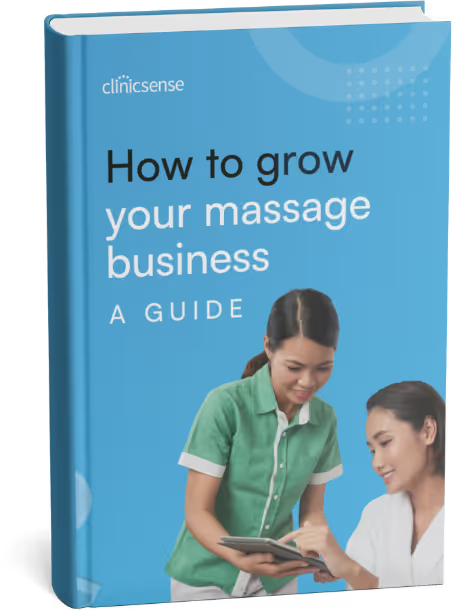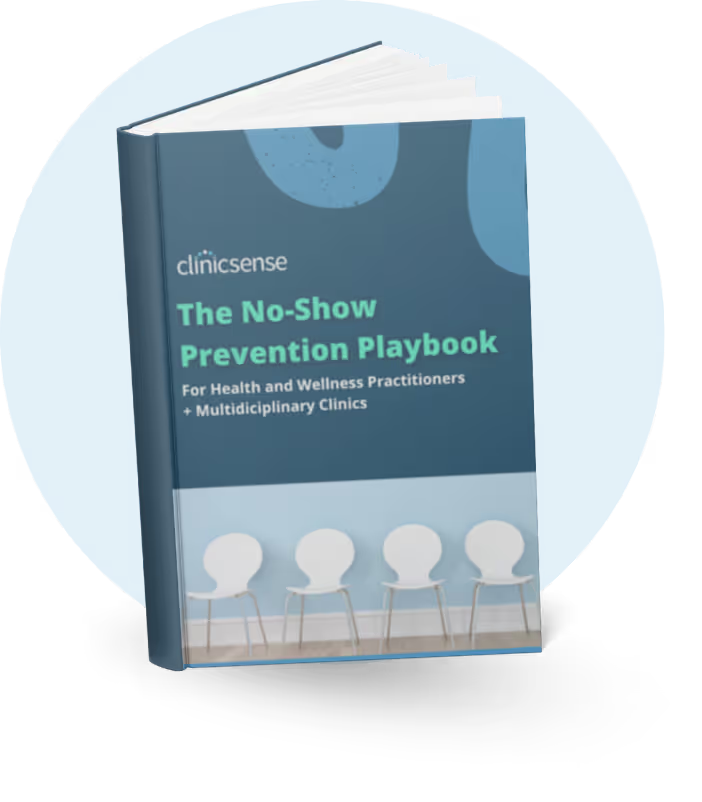Massage Therapy Business Tips
October 31, 2024

If you're curious about integrating assisted stretching techniques into your massage practice, you're in the right place. These methods can help you better support your clients by improving flexibility, reducing pain, and enhancing overall mobility. In this article, we'll explore what assisted stretching is, how to use it, and the different techniques you can incorporate to take your practice to the next level.
Assisted stretching is a form of passive stretching in which a trained therapist manually moves and stretches muscles, tendons, and ligaments for the individual. This technique allows for deeper, more controlled stretches without active effort from the person, improving flexibility, mobility, and reducing muscle tension.
You can do assisted stretching before, during, or after a massage, or as a standalone service. When combined with massage, it’s best to gradually incorporate stretches during or after the session, as massage warms up the muscles and makes the tissue more pliable, enhancing flexibility and relaxation.
There are several types of assisted stretching techniques that can be incorporated into your massage practice to enhance flexibility, relieve pain, and improve overall mobility for your clients, including:

Proprioceptive Neuromuscular Facilitation (PNF) stretching is a technique that combines muscle contraction and relaxation to improve flexibility. In PNF, the muscle is first stretched, then contracted against resistance, and finally relaxed into a deeper stretch. This method enhances range of motion and is effective for both trained and untrained individuals. It’s commonly used in physical therapy and assisted stretching to help increase muscle flexibility and improve overall mobility.
Resistive stretching involves contracting muscles while they are being stretched, often with the help of a therapist. This method strengthens muscles and improves flexibility by activating both the muscle's shortening and lengthening phases. It’s effective for enhancing range of motion, improving muscle balance, and reducing the risk of injury.
In Active Isolated Stretching (AIS), you actively contract the muscles that perform the opposite movement of the muscle you want to stretch. This helps the targeted muscle relax more fully, allowing for a deeper stretch. Each stretch is held for 2-3 seconds, gradually improving flexibility and range of motion without triggering resistance.
Pliability stretching focuses on softening and lengthening muscles to increase flexibility and resilience. It uses slow, rhythmic movements combined with deep tissue manipulation to reduce tension and improve muscle elasticity. This method helps decrease stiffness, enhance mobility, and prepare muscles for activity by making them more adaptable to movement.
Myofascial release is a hands-on therapy that involves applying gentle, sustained pressure to the fascia, the connective tissue around muscles, to release tension and improve movement. By stretching and loosening tight areas, this technique helps restore mobility, reduce pain, and allow muscles and fascia to move more freely.
Thai massage is a therapeutic technique that combines massage with assisted stretching and gentle traction. The therapist uses their hands, feet, knees, and elbows to apply pressure and guide the client through a series of stretches. This helps improve flexibility, release tension, and enhance overall body alignment. Thai massage is often referred to as"passive yoga" due to the extensive use of stretches that help lengthen and loosen muscles and joints.
Assisted stretch therapy helps you better support clients with muscle tightness, chronic pain, or mobility issues. These methods can benefit a wide range of individuals by offering:
.avif)
Assisted stretching techniques help relieve muscle stiffness by improving blood flow and increasing flexibility. Techniques like PNF, AIS, and myofascial release target tight muscles, breaking up tension and promoting relaxation. This reduces stiffness, making muscles more pliable and improving overall mobility and comfort.
By targeting tight muscles and fascia, assisted stretching techniques can significantly reduce pain. Techniques such as myofascial release and PNF help improve circulation, release tension, and restore mobility, which in turn reduces discomfort and helps alleviate chronic or injury-related pain.
Assisted stretching techniques promote deep relaxation by helping muscles release tension and increase flexibility. Methods like pliability stretching and Thai massage gently lengthen muscles and enhance circulation, which calms the nervous system, reduces stress, and leaves clients feeling more relaxed and at ease.
Assisted stretching techniques, such as Active Isolated Stretching and PNF, improve flexibility by gradually increasing the range of motion in muscles and joints. These methods help lengthen tight areas and enhance muscle elasticity, making it easier for clients to move freely and maintain better overall mobility.
Improved performance comes from the enhanced flexibility and muscle function that assisted stretching techniques provide. By incorporating methods like resistive stretching and PNF, clients experience increased range of motion, better muscle coordination, and reduced injury risk, which leads to more efficient movement and enhanced physical performance.
Assisted stretching techniques contribute to better posture by releasing tension in tight muscles and improving alignment. Techniques like myofascial release and Thai massage help lengthen muscles and fascia, correcting imbalances that can lead to poor posture. This promotes a more balanced and aligned body, reducing strain and discomfort.
By promoting muscle relaxation and reducing tension, assisted stretching techniques enhance circulation throughout the body. Methods such as pliability stretching and Thai massage improve blood flow to the muscles and tissues, which supports better oxygen and nutrient delivery, helping the body recover and function more efficiently.
Assisted stretching techniques help restore range of motion by targeting restricted muscles and fascia. Techniques like Active Isolated Stretching and PNF gradually increase flexibility and reduce stiffness, allowing joints and muscles to move more freely. This leads to improved mobility, making everyday movements and physical activities easier.
Adding assisted stretching to your services is a great way to add more value for your clients by improving their results, just as using ClinicSense helps you enhance their overall experience. With ClinicSense’s massage therapy software, you can stay in touch, simplify booking, track and sell packages, and offer seamless checkout—all of which boost retention and increase bookings. Ready to scale your massage business? Try ClinicSense with a free trial and see how it can improve both client care and your bottom line.


.avif)
.avif)
.avif)









For 14 days